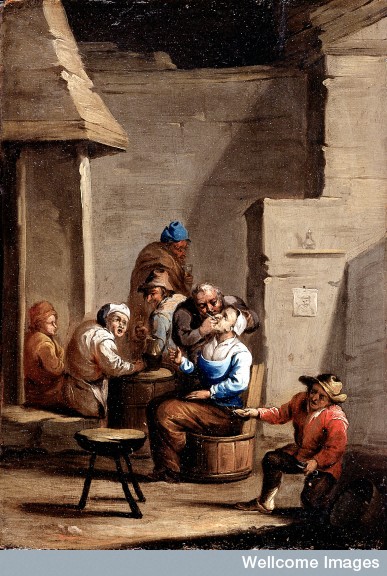
In the popular mindset there is perhaps the belief that early modern period never cleaned their teeth and so bad breath must have been commonplace and unexceptional. However, medical writers and practitioners throughout the period many practitioners of various kinds made recommendations for how men and women could keep their mouths and teeth clean and healthy.
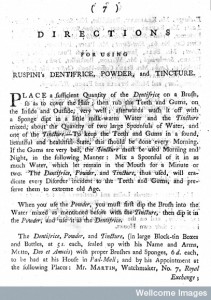
One seventeenth-century handbill (a one/two page advertisement) was for David Perronet, Surgeon, and his Universal Dentifrice, a general remedy against all distempers and diseases of the teeth and gums in old of young.1 Although this was a remedy to aid in toothache, ulcers, scurvy in the gums and loose teeth, the advertisement went on to advertise a ‘Salt of Cloves’ priced a just 6p that ‘wonderfully cleanseth and whitens the Teeth, and preserves them and the Gums from Putrefaction and Decay.’2 Likewise a book of recipes attributed to Robert Boyle included ‘A good and innocent Dentifrice‘ made of mastic and dragon’s blood (not real dragons).3 Instructions for using these powders and pastes were also offered like this one (left) from 1781 for Ruspini’s Dentifrice. There were of course also barber-surgeons and others who extracted troublesome teeth and perform surgeries. In addition to keeping the teeth white, clean and healthy, it would appear that halitosis was a particular problem. A range of remedies to help cure the ‘stinking breath’ can be found in both printed sources and family recipe collections. A choice manuall, or, Rare Secrets in Physick published in 1653, which claimed to contain the remedies of Elizabeth Grey, the countess of Kent, offered the following suggestion:
An approved Medicine for a stinking Breath Take a good quantity of Rosemary leaves and flours, and boil them in white Wine, and with a little Cinnamon and Bejamin beated in pouder, and put therein, and let the Patient use to wash his mouth very often therewith, and this will presently help him.4

Meanwhile The Surgions Directorie, suggested several measures to improve the scent of the breath. the first to take away ‘the stinking of the mouth’ stated that ‘Yee must wash your mouth with Water and Vinegar, and chew Masticke a good while, and then wash thy mouth with the decoction of Annis-seeds, Mints and Cloves, sodden in Wine. If the stincking of thy mouth commeth of a rotten tooth the best is to have it drawne out.‘5
The second advocated rubbing the gums ‘twice or thrice’ with melted honey, salt and rye flour, followed by washing the mouth with fair water.6 Finally ‘For an evill breath’ (I’m not sure what made it evil as opposed to just bad or stinking) the author recommended two ounces of cumin seeds powders and drunk in warm white wine ever night for fifteen days.7 Cumin seeds seem to have been a popular choice. The manuscript recipe book attributed to Elizabeth Jacob also recorded that a cure for a stinking breath was ‘A handfull fo Cummin beaten, and seeth it with wine’. This was to be drunk as hot as could be suffered in the morning and at night for 25 days.8 These weren’t, then, quick gargles or sprays that could be used on the spur of the moment but long-term treatment plans. Interestingly from a modern perspective only one of these remedies contains that staple of modern ‘fresh breath’ products, mint. Indeed Nicholas Culpeper’s Pharmacopoeia made no mention of this potential use of mints, but merely noted that they were hot and dry, provoked hunger, were wholesome for the stomach, stayed vomiting, helped sore heads in children, and prevented menstruation and conception in women.9 So next time you imagine an early modern mouth filled with blackened teeth and smelling wretched, remember that people did attempt to limit the pungency of their breath with the help of vinegar, wine and cumin. Although you do have to wonder how much help this was to those who had to get up close and personal with other people’s mouths while performing tooth extractions. __________1. David Perronet, Universal Dentifrice (London, 1700).
2. Ibid.
3. Robert Boyle, A Collection of Choice and Safe Remedies vol. III. Bound into Medicinal Experiments: or, a collection of Choice and Safe Remedies … (London, 1703), p. 5.
4. Elizabeth Grey Countess of Kent, A choice manuall, or, Rare Secrets in Physick (London, 1653), p. 38.
5. Thomas Vicarie, The Surgions Directorie … (London, 1651), p. 254.
6. Ibid, p. 255.
7. Ibid, p. 255.
8. Wellcome Library, MS 3009, Elizabeth Jacob, p. 135.
9.Nicholas Culpeper, Pharmacopoeia Londinensis (London, 1653), p. 21 © All rights reserved.
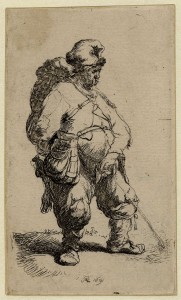
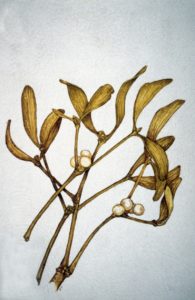
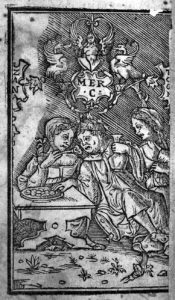
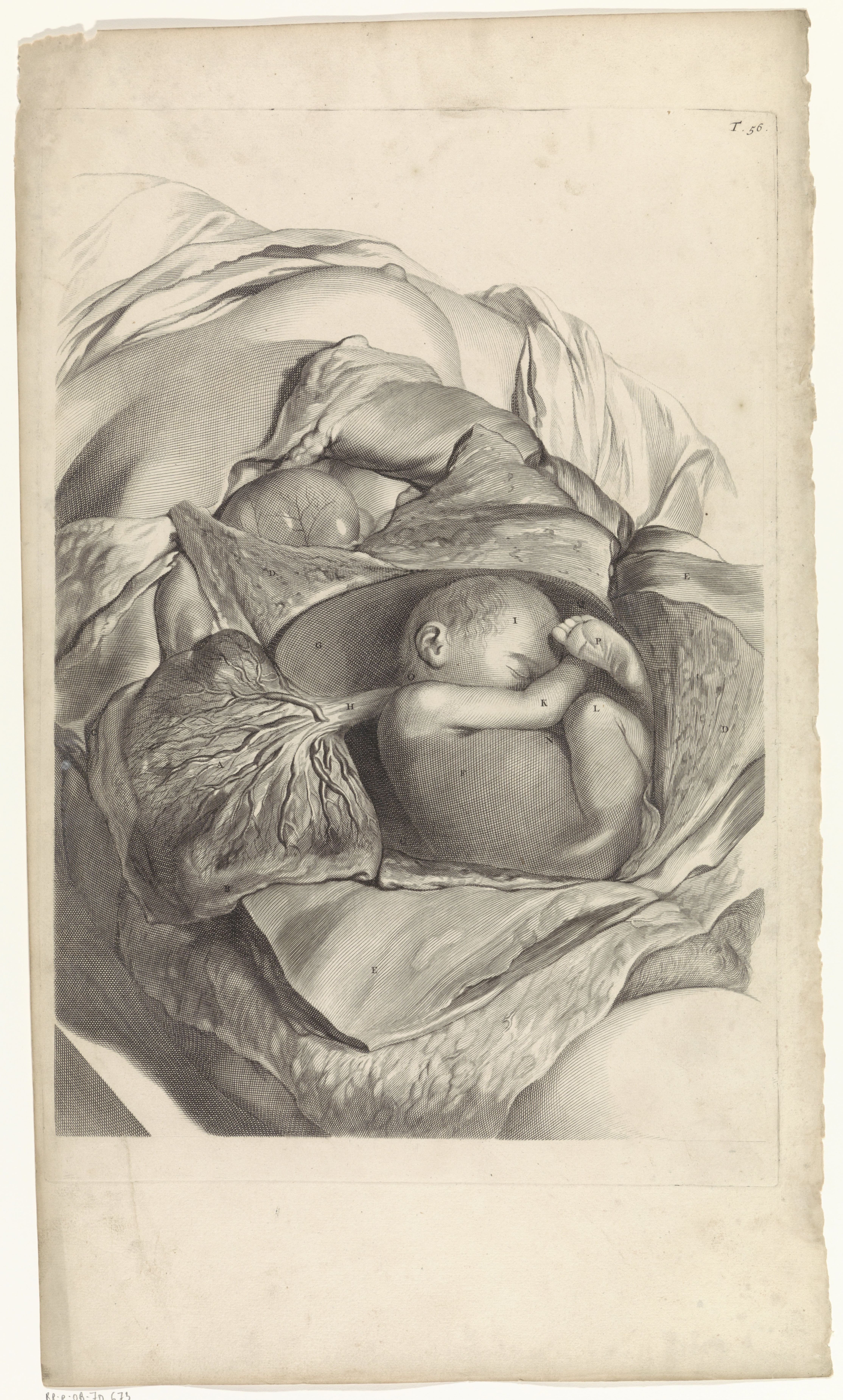
2 thoughts on “Horrible Halitosis”
Comments are closed.